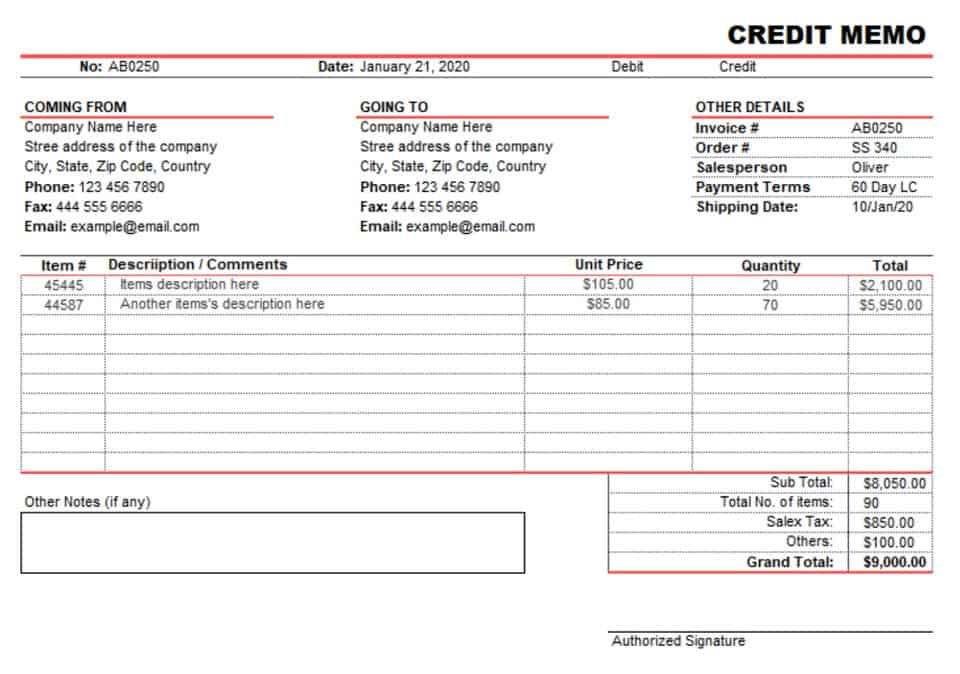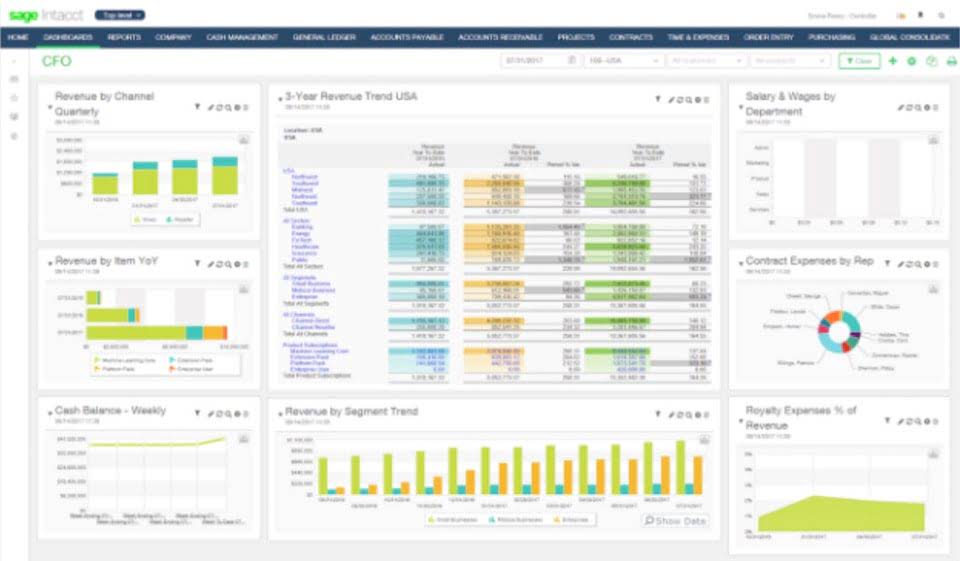
It can be considered a better metric of a company’s health than Net Income as it is more difficult to manipulate. If a company is generating strong sales (and therefore profit), but unable to collect the cash from customers until a much later date, this will be evident in the Cash Flow from Operations. For the comparison to be as close to being “apples to apples” as possible, the non-core operating income/(expenses) and non-recurring items should be adjusted cfo calculation out to prevent the output from being skewed. Normalizing cash flows becomes particularly relevant when performing trading comps using FCFF-based multiples, in which the target company and its comparables (i.e., the target’s peer group) are benchmarked against each other. To emphasize, only cash revenue and cash operating expenses are included under the direct method. Operating activities are the transactions that enter into the calculation of net income.

Indirect Method Formulas for Calculating Cash Flow from Operating Activities

Each of these valuation methods can use different cash flow metrics, so it’s important to have an intimate understanding of each. Operating Cash Flow is great because it’s easy to grab from the cash flow statement and represents a true picture of cash flow during the period. The downside is that it contains “noise” from short-term movements in working capital that can distort it. Operating cash flow does not include capital expenditures (the investment required to maintain capital assets). Like EBITDA, depreciation and amortization are added back to cash from operations. However, all other non-cash items like stock-based compensation, unrealized gains/losses, or write-downs are also added back.
- Cesar Perez was named CFO at Serta Simmons Bedding (SSB), effective July 8, reporting to newly appointed CEO Jim Loree.
- Finally, the calculation adjusts for changes in net working capital (NWC), which reflect the cash effects of handling short-term assets and liabilities.
- FCFF is a measurement of a company’s profitability after all expenses and reinvestments.
- Whether it’s comparable company analysis, precedent transactions, or DCF analysis.
- Therefore, the value of inventory at the end of the year has come down significantly.
Readers’ Queries about Cash Flow from Operating Activities (CFO)
The company also invested in new plant and equipment, purchasing $3.349 billion in assets (in blue). During the same period, Exxon paid $300 million in interest, subject to a 30% tax rate. A positive FCFF value indicates that the firm has cash remaining after expenses. A negative value indicates that the firm has not generated enough revenue to cover its costs and investment activities.
Understanding Cash Flow from Operating Activities (CFO)
In the final step, we subtract Capex since it represents a required cash outlay. There is no need to deduct the change in NWC this time around since cash from operations (CFO) already takes it into account. But Capex is located in the cash flow from https://www.bookstime.com/ investing (CFI) section and thus was not yet accounted for. Capex and increases in NWC each represent outflows of cash, which means less free cash flow remains post-operations for payments related to servicing interest, debt amortization, etc.
Accounts payable, tax liabilities, deferred revenue, and accrued expenses are common examples of liabilities for which a change in value is reflected in cash flow from operations. FCFF is fundamental for valuations, particularly the discounted cash flow (DCF) model, which assesses a business’s intrinsic value by forecasting unlevered free cash flows, then discounting them back using the “weighted average cost of capital” (WACC). This rate reflects the company’s full capital structure, incorporating the time value of money to yield an enterprise value.
- Next, non-cash items such as depreciation & amortization (D&A) are added back since they are not real cash outflows.
- Let us see the current liabilities section of the FY2020 balance sheet of Paushak Ltd.
- The Cash From Operations (CFO) to FCFF formula provides a straightforward method for estimating the FCFF directly from its operational cash flows.
- Free cash flow to equity (FCFE) is a measure of how much cash is available to the equity shareholders of a company after all expenses, debts, and investments have been accounted for.
- An investor would notice that the trade payables of Paushak Ltd have increased by ₹2.96 cr in FY2020.
- Under the indirect method, the format of the cash flow statement (CFS) comprises of three distinct sections.
Types of Cash Flow from Operating Activities
It can be calculated using either the direct method which finds out actual receipts from customer and payments to suppliers and others, or the indirect method which adjusts net income to arrive at net cash flow from operations. Operating cash flow is calculated by starting with net income, which comes from the bottom of the income statement. Since the income statement uses accrual-based accounting, it includes expenses that may not have actually been paid for yet. Thus, net income has to be adjusted by adding back all non-cash expenses like depreciation, stock-based compensation, and others. From one reporting period to the next, any positive change in assets is backed out of the net income figure for cash flow calculations, while a positive change in liabilities is added back into net income for cash flow calculations. Essentially, an increase in an asset account, such as accounts receivable, means that revenue has been recorded that has not actually been received in cash.

Free cash flow to equity (FCFE) is a measure of how much cash is available to the equity shareholders of a company after all expenses, debts, and investments have been accounted for. Unlike free cash flow to the firm (FCFF), which looks at cash flows available to both debt and equity holders, FCFE focuses specifically on shareholders. It’s useful for explaining past financial performance, including its application in price multiples, and plays a relevant role in valuation models like discounted cash flow (DCF) and comparable company analysis (comps) to assess intrinsic value.

- Similarly, for companies, the investment in plants & machinery and technology is like an educational loan, which increases future earnings potential.
- In the latter case, an investor should dig deeper to assess why costs and investment exceed revenues.
- This adjusted total more accurately represents the cash available to Microsoft’s capital providers, acknowledging the influence of foreign exchange fluctuations during FY 2023.
- This cash can feed into discretionary free cash flow which is then used to meet other company’s needs such as shareholder return, financing arrangements or capex projects.
- Regarding PAT being negative due to depreciation, an investor should remember that the depreciation is nothing but the deferred recognition of expenses done by the company on plant & machinery.
Free Cash Flow vs Owners’ Earnings
- In order to help you advance your career, CFI has compiled many resources to assist you along the path.
- If you only consider repayments, or specifically just the required ones, you highlight the cash going out to cover debt, which shows the immediate money obligations impacting what’s available for shareholders.
- My fundamental analysis of intrinsic value relies heavily on cash flow from operations to help determine the “real” worth of a company stock.
- Additionally, having positive free cash flow indicates that a company is capable of paying its debts.

Recent Comments